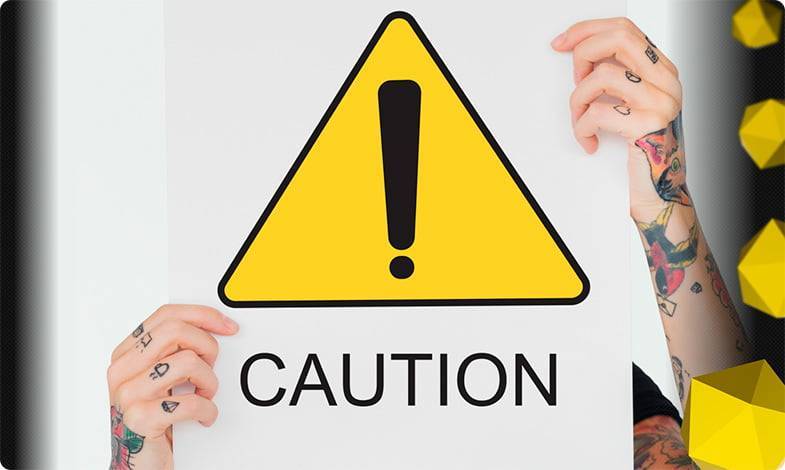A sitemap or sitemap is a file that allows you to tell search engines which pages and files should be considered important on your site, as well as provide valuable information about them. For example, when the page was last updated, the presence of images or videos, and a list of all alternative language versions of the page.
This category of status codes describes problems that have arisen on the server side. If the user sees an error that falls within the 5xx range, it means that he or she cannot take any action on his or her part, and only the intervention of specialists responsible for the server’s performance is required.
This category of responses is the most problematic and important to study. Status codes 400-499 indicate problems that have arisen on the initiative of the client. These problems can range from client-initiated requests to an incorrect node name, request timeout, uncontrolled request, malicious request, and others.
These standard codes are necessary to indicate to the user what action must be taken to successfully complete the request. 3xx codes are intended to redirect the client and are not HTTP server errors.
HTTP status (response) code or, as it is often called, “status code” is a small three-digit number that conveys information about how the user’s request was processed by the server. It helps to determine whether the server has successfully processed the request or if there were any problems.


 25/11/2024
25/11/2024 5805
5805 Pavlo Vlasiuk
Pavlo Vlasiuk CMO
CMO


